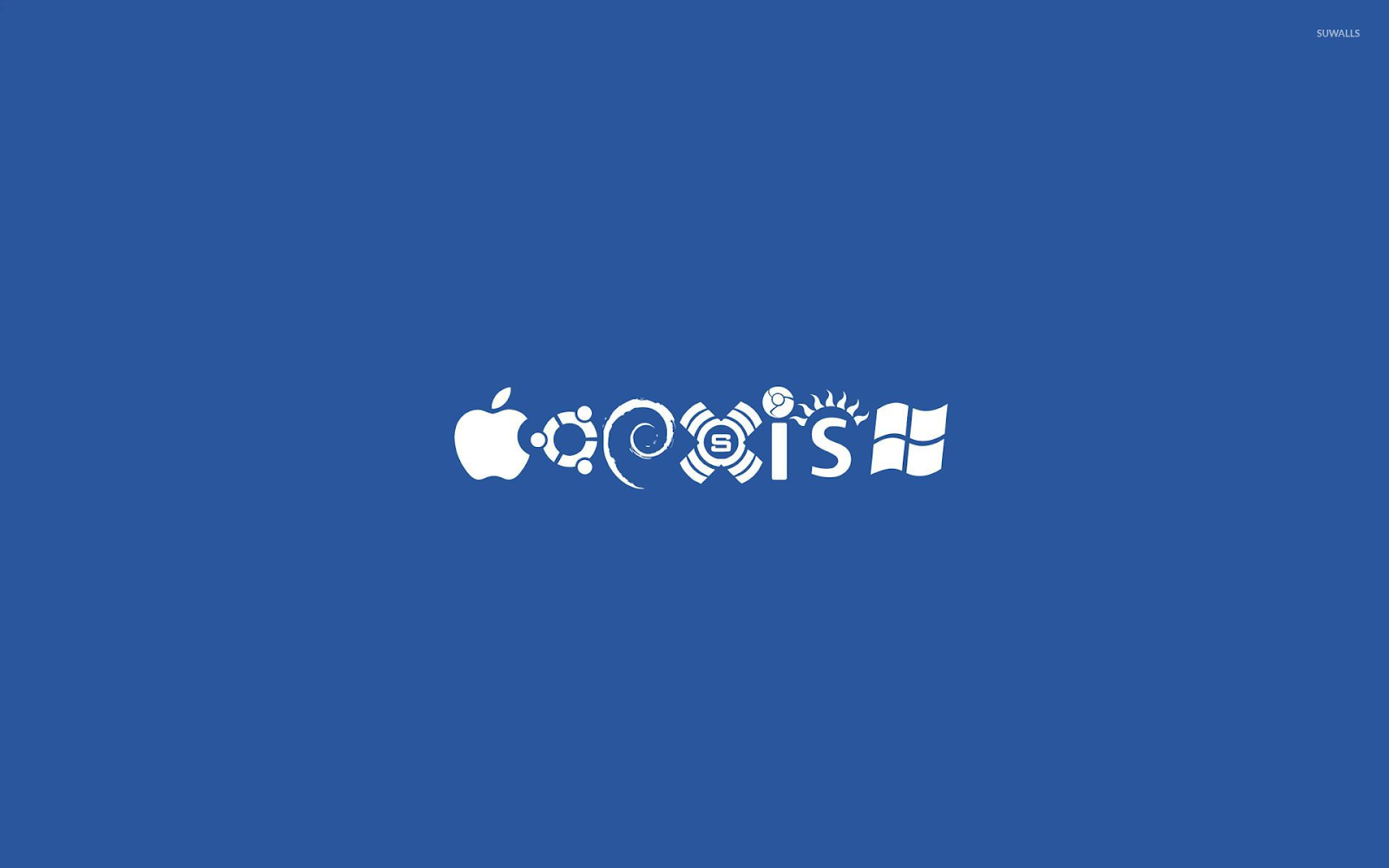FACTORS CONTROLLING/INFLUENCING FORECASTING OF DEMAND

FACTORS CONTROLLING/INFLUENCING FORECASTING OF DEMAND 1. Goods Types: Goods types have a greater impact on demand forecasting than other factors. Products can be manufactured products, services or goods for consumers. In addition, established and innovative commodities are also possible. dependable products are those that are already available on the market, whereas new products are ones that have not yet been created. released on the market. Information on the amount of competition, substitutes, and demand for goods is only known if dependable products. However, it is challenging to predict the demand for the novel products. Therefore, Various sorts of goods require different forecasting techniques. 2. Competition Level: The level of competition affects demand forecasting. The demand for products in a market with lots of competitors is also influenced by how many competitors there are. Furthermore, there is always a chance of new entrants in a market that is extremely competit...









